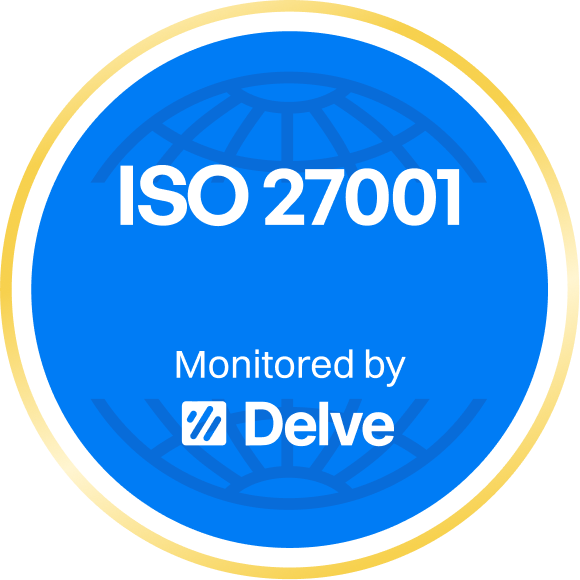
How To Calculate The ROI of Your Decision Rules
The Limitations of False Positive Ratios
For a long time, when it came to rule writing, FPR was king. FPR stands for False Positive Ratio. That is the ratio of the legitimate transactions the rule catches divided by the actual frauds detected by the same rule. The occasional decline of a legitimate purchase is unavoidable. The key to writing effective rules is to minimize the mistakes (declined legitimate transactions) while catching as many frauds as possible.
Up until now, this was considered the acceptable method of measurement. However, in today’s world of evolving fraud threats and technological advancements, we are starting to see there is a more effective way of judging our rules.
The Price of Doing Business
While FPR has provided an acceptable method of understanding rule performance, it can fall short when providing a complete and accurate picture of monetary value. How do we know the value of the frauds we stop outweighs the value of the legitimate transactions prevented by the same rule?
There are four types of transactions your rule might stop. Some will save money by preventing fraud, while others will cost you money by losing the interchange on legitimate transactions. So how do you take this into account to ensure the rule you are writing is valuable? To quantitate this value, it’s critical to understand each type of transaction and the amount of money your rule could potentially cost or save you.
Non-Fraudulent Charges
Loss of interchange (LI) is the 1-2% of the transaction amount that goes to the Financial Institution (FI). Any rule blocking a legitimate transaction will cost you around 1.5% of the purchase amount.
Fraudulent Charges
Card Present Amount (CP) refers to the amount for a card-present transaction. When your rules block one of these illegal purchases, you save the entire transaction amount.
Card Not Present Low Amounts (CNP_LA) is any transaction amount below your chargeback fee, which is typically around $25. If the value of this CNP transaction is less than your chargeback fee, you have to write off the entire purchase. Therefore, a rule that prevents these types of transactions saves you the whole amount of the purchase price.
CNP High Amounts (CNP_HA) occurs when the amount of the purchase is higher than your chargeback fee. You can submit a chargeback request to recoup the purchase price from the merchant in this scenario. When a rule blocks one of these transactions, your net gain is limited to your chargeback price and not a large amount of the original purchase. CNP_HA is $25 times the number of transactions higher than that amount.
Net Value
The net value of any decision rule comes down to the benefits it delivers minus its overall costs. Using the factors listed above, the equation that provides the ROI of any rule is:
ROI = CP + CNP_LA + CNP_HA - LI
What does this new way of looking at rule performance bring that ordinary FPR does not? Writing a rule that produces low FPR does not automatically result in money saved. In some cases, it can still end up costing you money.
For example, your rule could be effective at stopping zero-dollar tester frauds while unintentionally preventing large-dollar legitimate transactions. In this scenario, the only guaranteed consequence of this rule is the loss of interchange. Conversely, a rule could have low FPR and still prevent expensive frauds that will result in a positive ROI.
The Bottom Line
FPR is nothing more than a method to compare the success and failure of your rules. It does not reflect what you care about most: your bottom line. By contrast an ROI-based approach can help you understand the actual monetary value of your rules. By stepping beyond FPR and implementing this ROI metric, you will focus your rules on what is important: saving money on frauds.
About Rippleshot and Rules Assist
Since 2013, Rippleshot has been leveraging the power of machine learning and automation to protect your customers from card fraud.
Rules Assist is the perfect blend of these tools. Together, they help your institution avoid falling behind the competition by providing the automation, machine learning, and data you need to implement effective rule writing strategies.
To learn more about how we can reduce cost, increase efficiency, and keep your fraud strategies up to date, please click the button below.
Let's Talk
You have fraud frustrations? We have the solutions. Let's discuss what you are dealing with and we can learn more and share how we can help.




